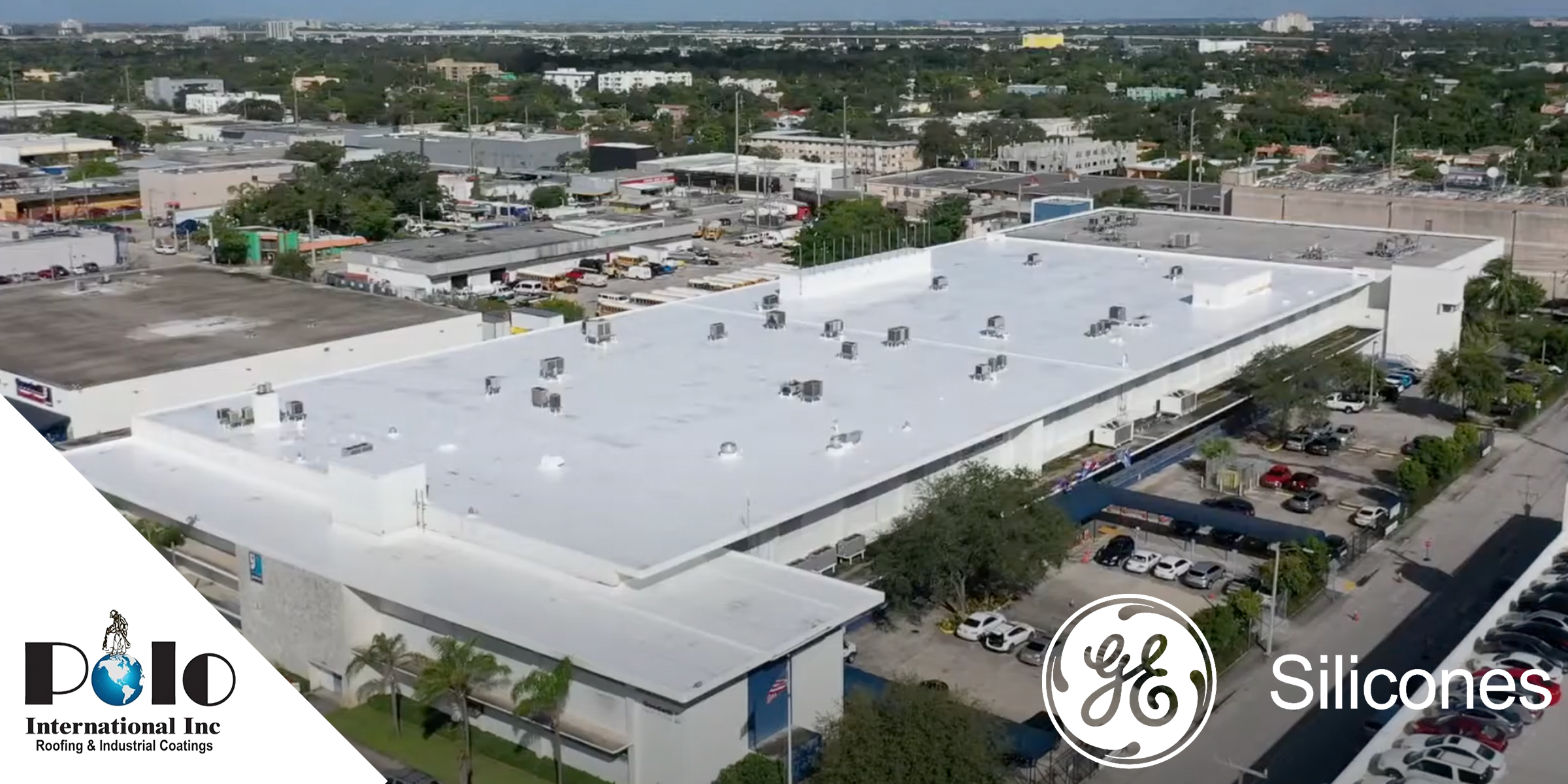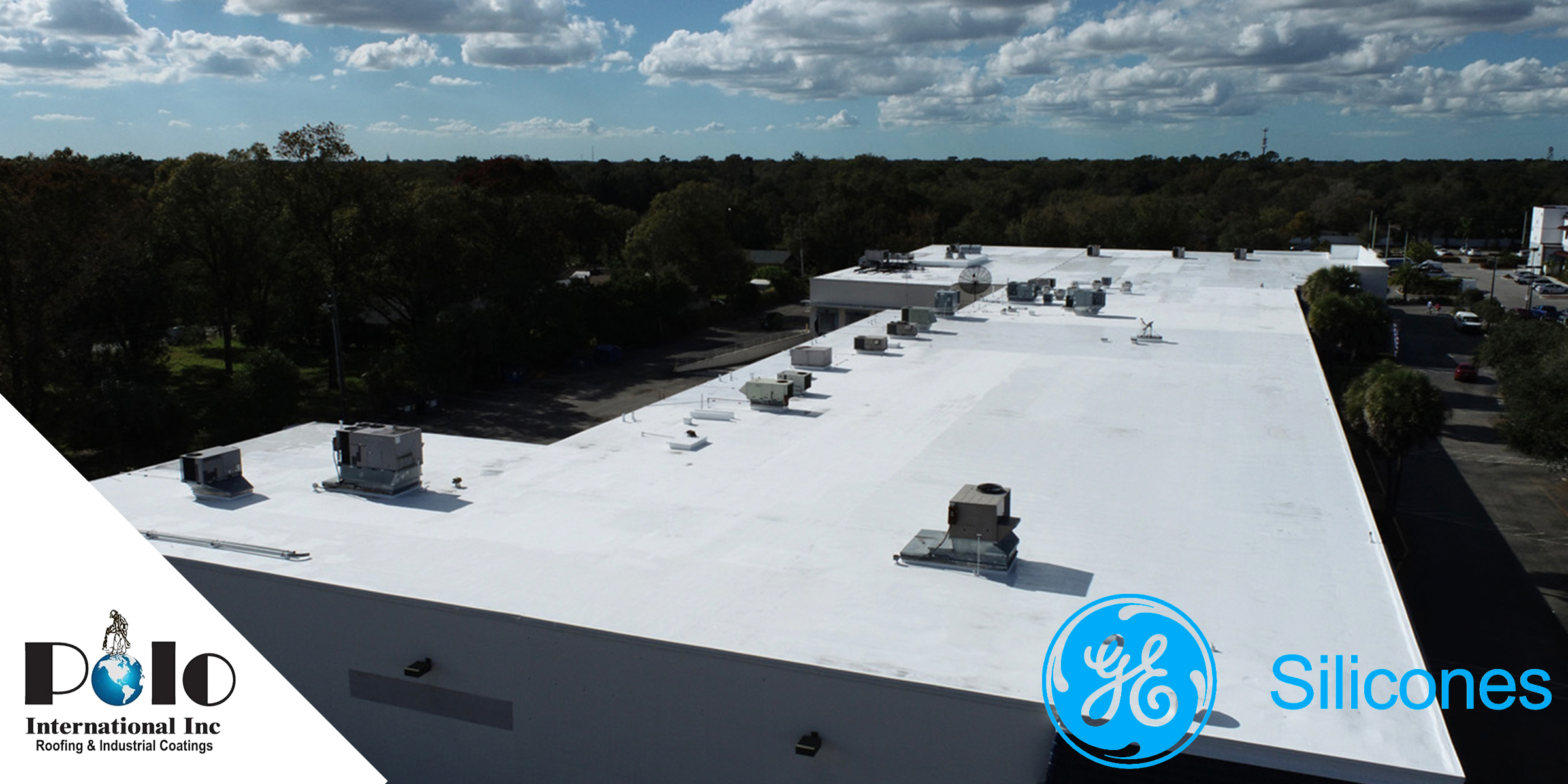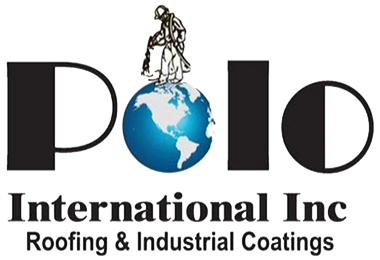
Mastering Air-Sealing with Spray Foam Roofing
Spray foam roofing offers more than simple coverage—its expanding polyurethane foam forms an airtight barrier that can transform a commercial building’s energy profile. For property managers facing rising utility expenses, eliminating air leakage is critical. When applied correctly, foam from top manufacturers such as GE Silicone, Carlisle, HENRY Co., and Everest Systems flows into every penetration and irregular surface. As it cures, the foam adheres tightly to the substrate, filling cracks and seams that traditional roofing systems often leave exposed.
The Science Behind the Seal
At the heart of spray foam’s air-sealing prowess is its monolithic nature. Unlike mechanically fastened membranes that depend on seams and flashings, SPF cures into a continuous sheet. This continuity prevents conditioned indoor air from escaping and keeps dust, pollen, and moisture from penetrating the building envelope. By reducing uncontrolled airflow, HVAC systems run more efficiently—industry data shows energy savings of up to 25 percent following comprehensive air-sealing with SPF . For guidance on tightening building envelopes, see the Energy Star Building Envelope Guidelines.
Spray foam’s closed-cell structure further enhances performance. The tiny, gas-filled cells trap air, blocking conductive and convective heat transfer. When a reflective silicone coating is added, UV stability improves, and the roof remains resilient under constant sun exposure. This dual protection slows thermal cycling and helps prevent the expansion-contraction damage that typically leads to leaks.
Operational and Health Benefits
Beyond energy savings, an SPF-sealed roof improves indoor air quality by cutting off entry points for allergens and pollutants. Environments stay cleaner and more comfortable, which can boost occupant productivity. The impermeability of closed-cell foam also resists water penetration—independent testing per ASTM E331 confirms its ability to block wind-driven rain. This moisture resistance helps stave off mold growth and structural decay, safeguarding both building health and tenant well-being.
Durability is another hallmark of SPF roofing. Resistant to wind uplift and ponding water, it maintains its seal through decades of temperature swings. As a result, property managers face fewer repair disruptions and enjoy longer intervals between full restorations. This longevity reduces lifecycle costs and landfill waste, aligning with sustainable operational goals.
Ensuring Lasting Performance
Achieving and maintaining a perfect air barrier demands expert application and ongoing quality control. Certified SPF applicators must calibrate their spray rigs to account for ambient temperature and humidity, ensuring foam cures with the intended density. After installation, infrared thermography and blower-door tests can reveal any unintended gaps, allowing prompt remediation. Roofs should undergo biannual inspections, during which minor imperfections are sealed and topcoats renewed to preserve reflectivity and adhesion.
For recommendations on air-barrier materials and inspection protocols, the National Roofing Contractors Association Air Barrier Standards provides industry-leading best practices.
Integrating SPF into Your Maintenance Strategy
Spray foam roofing becomes a cornerstone of a comprehensive building envelope approach when paired with routine upkeep. Incorporating SPF into your annual roof maintenance checklist ensures the seal remains intact. During each inspection, cleaners remove debris and check for mechanical damage before applying touch-up coatings. This proactive care extends the roof’s service life and sustains optimal energy efficiency year after year.
Conclusion & Next Steps
In modern commercial construction and retrofit projects, spray foam roofing stands out for its unmatched air-sealing capabilities. By forming a seamless, durable barrier against air and moisture infiltration, SPF systems not only slash energy costs but also improve indoor comfort, air quality, and building longevity.
Contact a commercial roofing expert today to discover how an SPF roofing system can tighten your building envelope and drive significant, long-term savings.



